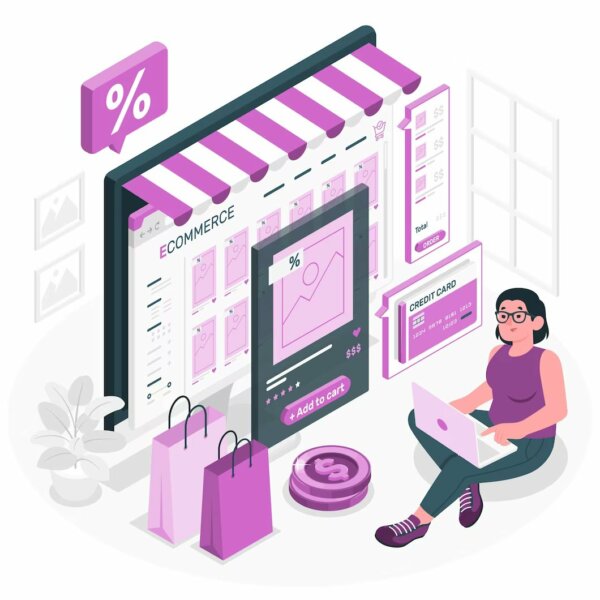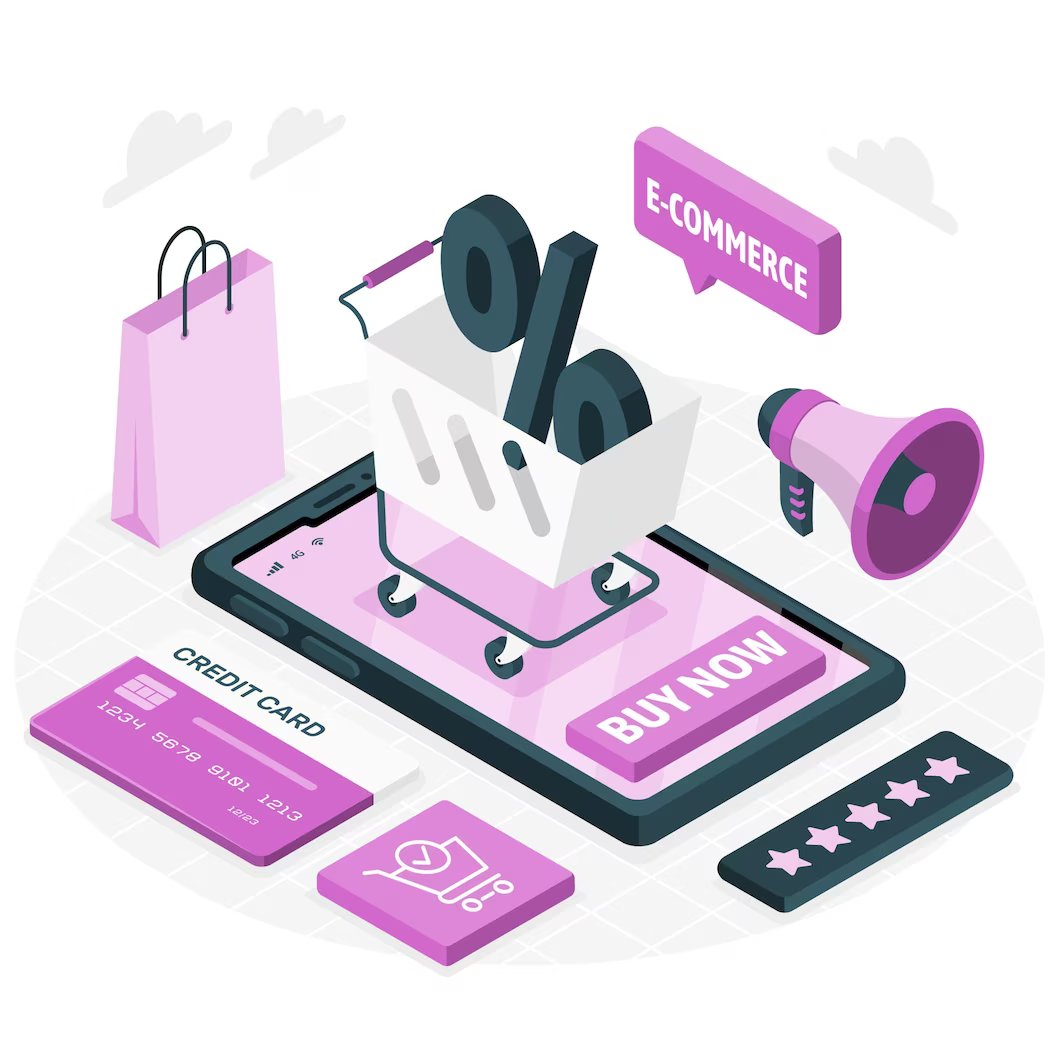Are you considering scaling your WooCommerce shop? Has your online shop grown? Is it ripping at the seems? Well maybe it’s time scale your WooCommerce store. Check out our tips & tricks to make WooCommerce scalability easy and painless.

- 1. Understanding the Importance of WooCommerce Scalability for Your Business
- 2. Key Factors Influencing WooCommerce Scalability
- 3. Strategies for Enhancing WooCommerce Scalability
- 4. Best Practices for Scaling Your WooCommerce Store
- 5. Troubleshooting Common WooCommerce Scalability Issues
- 6. Case Studies: Successful WooCommerce Scalability Implementations
- Checklist for successful WooCommerce scalability implementation:
- Frequently Asked Questions
This comprehensive guide aims to shed light on the critical aspect of WooCommerce scalability. We will delve into the significance of scalability for your business, exploring how it can impact your growth and profitability. We will also identify the key elements that influence scalability, providing you with a clear understanding of what to focus on to ensure your store can handle increasing traffic and sales. Moreover, we will share effective strategies and best practices to enhance your WooCommerce store’s scalability, helping you to avoid common pitfalls and ensure smooth operation even during peak times. We will also provide solutions for common scalability issues, empowering you to troubleshoot effectively and maintain optimal performance. Finally, we will present real-life case studies of successful WooCommerce scalability implementations, offering valuable insights and practical examples of how businesses have scaled their WooCommerce stores effectively.
Many online store owners operate under the 👉 misconception that WooCommerce 👈, a popular eCommerce platform, is only suitable for small businesses and cannot handle the demands of a larger-scale operation. This, however, is a myth. WooCommerce is a robust and flexible platform that, when optimized correctly, can efficiently manage and grow your business, regardless of its size.
This guide is designed to pique your curiosity, keep you engaged, and ultimately equip you with the knowledge and tools to scale your WooCommerce store successfully. Whether you’re a small business looking to grow or a large enterprise seeking to optimize your operations, this guide will provide valuable insights into WooCommerce scalability.
1. Understanding the Importance of WooCommerce Scalability for Your Business
In the rapidly evolving digital marketplace, the scalability of your WooCommerce platform plays a pivotal role in the growth and success of your business. As your business expands, so does the demand for more products, increased traffic, and more complex functionalities. A scalable WooCommerce platform is capable of adapting to these growing demands without compromising on performance or user experience. It ensures that your online store remains efficient, reliable, and customer-friendly, regardless of the volume of traffic or transactions.
Therefore, investing in WooCommerce scalability is not just a technical necessity, but a strategic business decision that can give you a competitive edge. In conclusion, the scalability of your WooCommerce platform can significantly influence your business growth, customer satisfaction, and overall profitability.

2. Key Factors Influencing WooCommerce Scalability
Understanding the factors that influence WooCommerce scalability is crucial for any online business. Server capacity is one of the key factors that can impact your WooCommerce store’s scalability. A server with insufficient resources can slow down your website, leading to a poor user experience and potentially lost sales. Therefore, it’s essential to ensure your server has enough resources to handle the increased traffic and transactions as your business grows.
Another significant factor is the optimization of your WooCommerce store. This includes the use of efficient coding practices, minimizing the use of plugins, and optimizing images and other media files. A well-optimized WooCommerce store can handle more traffic and transactions without slowing down. Additionally, it’s important to regularly 👉 update your WooCommerce and WordPress versions 👈, as these updates often include performance improvements. Tip: Regularly monitor your website’s performance and make necessary adjustments to ensure optimal scalability.
3. Strategies for Enhancing WooCommerce Scalability
Optimizing your WooCommerce store’s scalability is a crucial step toward ensuring its long-term success. One of the most effective strategies is to implement a robust hosting solution. Shared hosting might be cost-effective, but it can limit your store’s scalability. Therefore, consider investing in a dedicated or managed hosting solution. These options offer more resources, which can handle increased traffic and transactions, thereby enhancing scalability.
Another strategy is to optimize your website’s performance. This includes reducing the size of your images, using a content delivery network (CDN), and minimizing the number of plugins. A faster website not only improves user experience but also enhances scalability by efficiently handling more users. Here’s a quick checklist: use compressed images, implement a CDN, and deactivate unnecessary plugins.
Lastly, regularly updating your WooCommerce store is essential. You can use 👉 WooCommerce Support 👈 to ensure that you have the necessary updates, performance enhancements, and new features that can improve scalability. However, before updating, ensure to back up your store to avoid any potential data loss. Also, consider using staging environments to test updates before implementing them on your live store. This way, you can identify and fix any issues before they affect your customers.
4. Best Practices for Scaling Your WooCommerce Store
Scaling a WooCommerce store is a critical step in ensuring its long-term success. It is essential to implement best practices that will allow your store to handle an increasing number of customers and transactions without compromising on performance. Proper planning, regular monitoring, and optimization are key to achieving this. It is also crucial to choose a hosting provider that can accommodate your store’s growth and provide the necessary resources when needed.
One of the best practices for scaling your WooCommerce store is to optimize your database regularly. This includes cleaning up old data, optimizing your database tables, and ensuring that your database queries are efficient. Additionally, 👉 using a Content Delivery Network (CDN) 👈 can significantly improve your store’s load times, especially for customers who are far from your server’s location. Implementing caching solutions can also help to reduce the load on your server and improve your store’s performance. In conclusion, scaling your WooCommerce store involves a combination of strategies that aim to improve performance, efficiency, and customer experience.
5. Troubleshooting Common WooCommerce Scalability Issues
When it comes to troubleshooting common WooCommerce scalability issues, it’s crucial to have a systematic approach. Identifying the root cause is the first step toward resolving any scalability issue. This could be anything from a poorly coded theme or plugin to server limitations, or even a sudden surge in traffic. Once the root cause is identified, it becomes easier to devise a solution. For instance, if a plugin is causing the issue, you might need to update it, replace it, or remove it entirely. If server limitations are the problem, you might need to upgrade your hosting plan or switch to a more 👉 robust hosting provider 👈.
Monitoring your website’s performance is another key aspect of troubleshooting. Tools like Google PageSpeed Insights, GTMetrix, and Pingdom can provide valuable insights into your website’s performance. These tools can help you identify slow-loading pages, server response times, and other potential issues that could be affecting your website’s scalability. Tip: Regularly monitoring your website’s performance can help you catch and resolve scalability issues before they start affecting your sales.
Lastly, don’t underestimate the importance of regular maintenance. This includes updating your WooCommerce store, themes, and plugins regularly, optimizing your database, and cleaning up old or unnecessary data. 👉 Regular maintenance 👈 can help prevent many common scalability issues and keep your WooCommerce store running smoothly. Tip: Consider setting up a staging site where you can test updates and changes without affecting your live site. This can help you avoid potential issues and downtime.
Do you want to check the health of your website?

6. Case Studies: Successful WooCommerce Scalability Implementations
Examining real-world examples can provide valuable insights into the practical application of WooCommerce scalability. One such case is the online store, Bionic Turtle. Initially, they were struggling with slow site speed and frequent crashes due to high traffic. After implementing WooCommerce scalability solutions, they were able to handle over 100,000 users and 10,000 orders per day. This was achieved by optimizing their hosting environment, using a Content Delivery Network (CDN), and implementing a robust caching system. The scalability solutions not only improved the site’s performance but also enhanced the user experience, 👉 leading to increased sales 👈.
Another noteworthy example is the online fashion store, Zalora. They were facing challenges in managing their vast product catalog and high traffic during peak sale periods. By leveraging WooCommerce scalability, they were able to efficiently manage over 500,000 products and handle thousands of transactions per minute. This was made possible by implementing a scalable database solution, optimizing their site’s code, and using a load balancer to distribute traffic evenly across their servers. The scalability solutions not only ensure smooth site operation during peak times but also improved their site’s overall performance.
Lastly, let’s consider the case of the online grocery store, FreshDirect. They were dealing with issues related to slow site speed and frequent downtime during peak hours. With the help of WooCommerce scalability, they were able to handle over 1 million users and process thousands of orders per day. This was achieved by optimizing their server configuration, using a CDN, and implementing a powerful caching system. The scalability solutions not only improved the site’s speed and reliability but also enhanced the user experience, leading to increased customer retention and sales.

Checklist for successful WooCommerce scalability implementation:
- Optimize hosting environment
- Use a Content Delivery Network (CDN)
- Implement a robust caching system
- Manage a scalable database solution
- Optimize the site’s code
- Use a load balancer to distribute traffic
- Optimize server configuration
Frequently Asked Questions
What are the signs that I need to scale my WooCommerce store?
Some of the signs that you might need to scale your WooCommerce store include 👉 slow loading times 👈, frequent crashes, and the inability to handle high traffic volumes. If your store is experiencing any of these issues, it might be time to consider scaling strategies.
How can I measure the scalability of my WooCommerce store?
You can measure the scalability of your WooCommerce store by monitoring its performance under different loads. This can be done using various tools that simulate high traffic volumes and measure how your store responds.
What are some common mistakes to avoid when scaling a WooCommerce store?
Some common mistakes to avoid when scaling a WooCommerce store include not planning for future growth, neglecting to optimize your store’s performance, and failing to regularly monitor and adjust your scaling strategies as needed.
How does improving WooCommerce scalability benefit my customers?
Improving WooCommerce scalability can greatly enhance your customers’ shopping experience. It can lead to faster loading times, smoother navigation, and the ability to handle high traffic volumes during peak shopping periods. This can result in higher customer satisfaction and increased sales.
Can I scale my WooCommerce store on my own or do I need professional help?
While there are many strategies and best practices you can implement on your own to improve WooCommerce scalability, getting professional help can be beneficial. Professionals can provide expert advice, help you avoid common pitfalls, and ensure that your store is optimized for scalability.
Want professional experts to help you with WooCommerce Scalability? Look no further, and 👉 drop us a line 👈. Let’s chat about how to best scale your online shop.
Comments